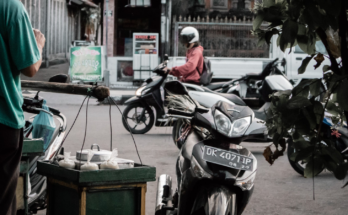Bongani Mlilo started driving for the ride-hailing company Bolt in Thembisa, east of Johannesburg, in 2020. Things were smooth for the first two years. Mlilo earned about 6,000–7,000 rand ($325–$380) weekly, picking up and dropping off passengers for about eight hours a day. But, in 2022, the 35-year-old noticed a decline in his earnings as the power crisis across South Africa intensified.
“I cannot even count the number of gigs I have lost due to load-shedding [controlled power blackouts],” Mlilo told Rest of World. He now finds it difficult to make ends meet and earns barely 500 rand ($27) a day. “For six hours of load-shedding, the driver app becomes numb, [and] clients cancel the gigs because the network makes it difficult to keep in touch with us. Business is no longer easy,” he said.
Fifteen gig workers for Bolt, Uber, inDrive, Uber Eats, and the Johannesburg-based delivery app Mr D Food told Rest of World they now make less than half of what they used to earn in 2021, and are struggling to survive amid the severe electricity shortages in the country.
Click for the full article at Rest of World


